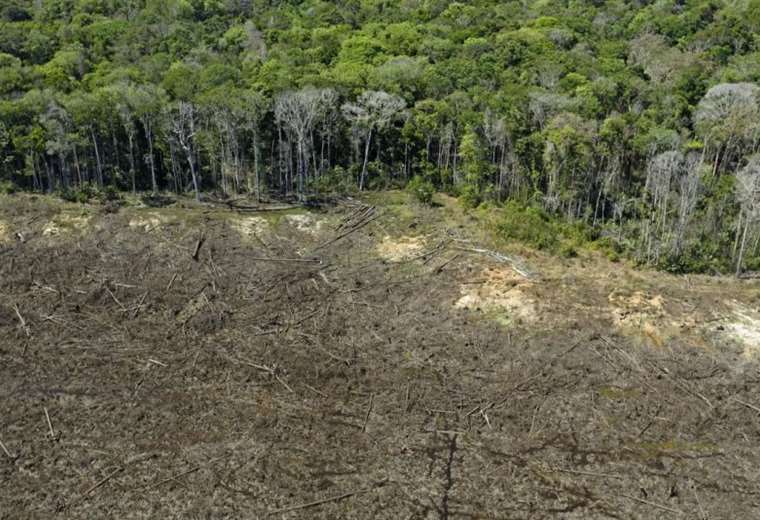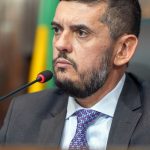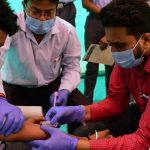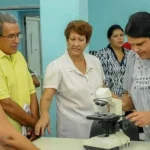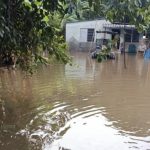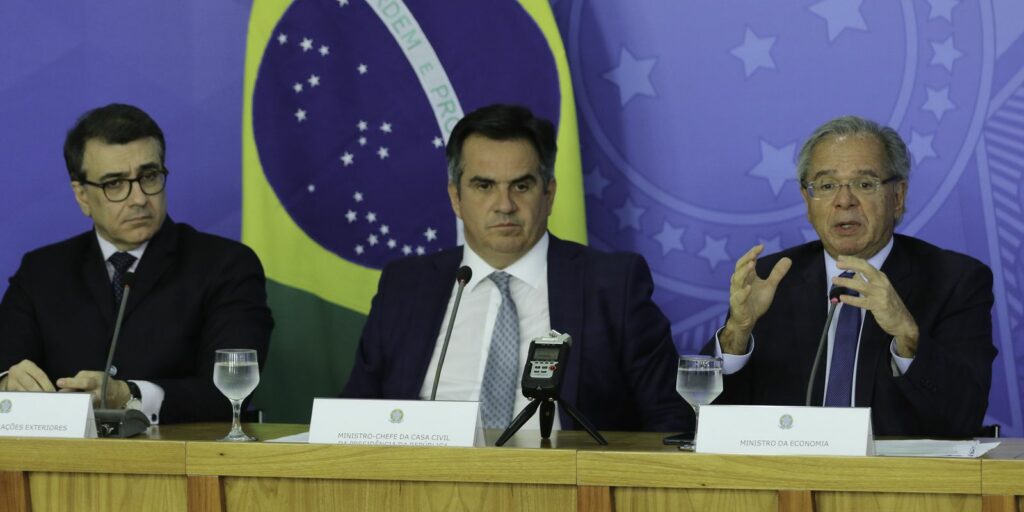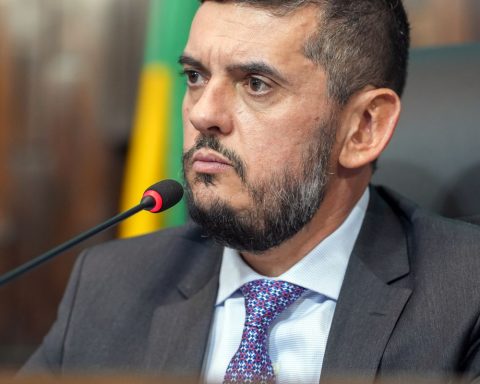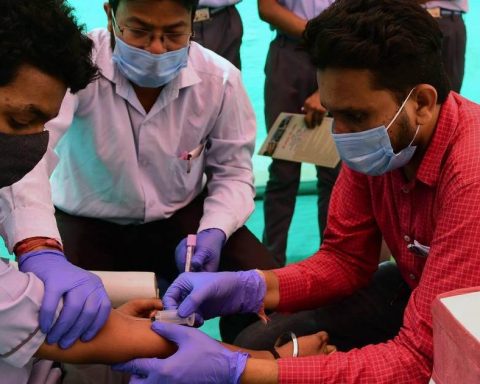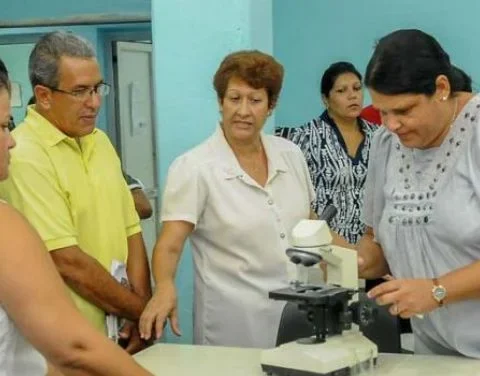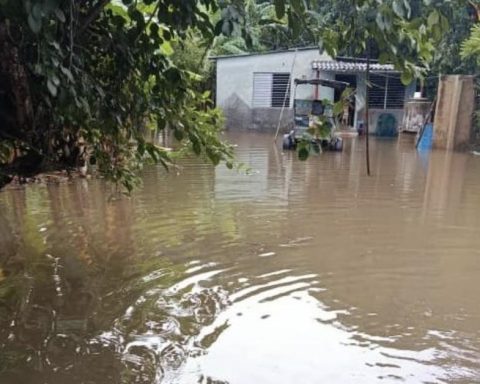October 6, 2022, 10:54 PM
October 6, 2022, 10:54 PM
Hitting hard with his machete, chief André Karipuna makes his way through the jungle until he reaches a clearing. Here, thick trunks, which until recently still pointed to the sky, lie scattered among the undergrowth.
“It makes me very sad to see this. All this destruction of our land. Just a month ago they have cleared about four hectares here. That worries us a lot,” says André Karipuna. He is 28 years old and is already a cacique, leader of the Karipuna indigenous people. The protected area of the Karipuna, of some 150,000 hectares, in the state of Rondonia, is one of the nearly 500 indigenous reserves of Brazilmost of them located along the Amazon.
Bulwarks against deforestation
A recent study by the Food and Agriculture Organization of the United Nations (FAO)for its acronym in English), confirmed that these areas are the most important bastions to stop the destruction of forests.
Although the territories are protected by law, at present, according to the Amazon Population and Environment Institute, IMAZON, the land of the Karipuna is the second most deforested indigenous reserve in Brazil. Therefore, they themselves monitor their land with GPS trackers, satellite data and regular patrols. In 2017, they asked the Cimi Indigenous Missionary Council for support. Since then, the nun Laura Vicuña has accompanied them, standing in the way of criminals.
“People like to say that those who invade the forest also do it out of necessity. That may be true for some loggers. But all this is only possible in complicity with the powerful, who encourage destruction and land grabbing,” explains the nun.
Bolsonaro and the economic exploitation of the Amazon
That is the reason why the Karipuna have gone to court. They sue the state of Rondônia, the National Indian Foundation (FUNAI) and the government of President Jair Bolsonaro. “Under this government, deforestation has worsened a lot. For them, the Amazon is a commodity. For us, the indigenous people, this is a great danger, it could mean the end of our territories,” says the chief.
Even before taking office, Bolsonaro promised not to give up another centimeter for protected areas.but, on the contrary, allow the economic exploitation of some indigenous lands. There is a whole package of laws on the subject, which has yet to be approved by Congress.
The point of no return, getting closer
No one explains better what this means for the Amazon and the environment than the scientist Carlos Nobre. Before Bolsonaro took office, Nobre was part of the team at the Brazilian National Institute for Space Research (INPE), which monitors deforestation in the Amazon through satellite data.
“The Amazon is in a serious state, like a patient who is wasting away and getting closer and closer to a state from which it cannot recover. Our studies assume that this point will be reached when 20 percent or at most 25 percent of the forest has been cleared. Right now, 18 percent has already been lost,” explains Nobre.
Up to 85 percent of the Amazonian wood that is exported has been illegally logged, says the scientist. In addition, last year 19,000 tons of gold were illegally exported.
Chief André Karipuna is clear: “We have to look at the Amazon in a different way. Not only us indigenous peoples: the whole world has to look at the Amazon. There is only life in the Amazon if there is a forest, water and biodiversity depend on it.”
